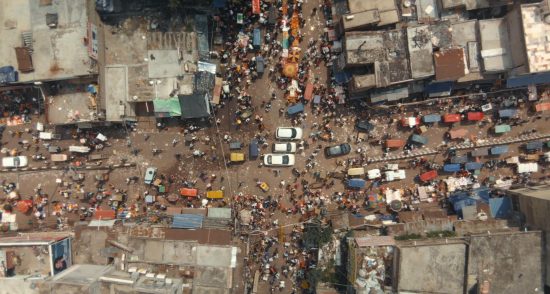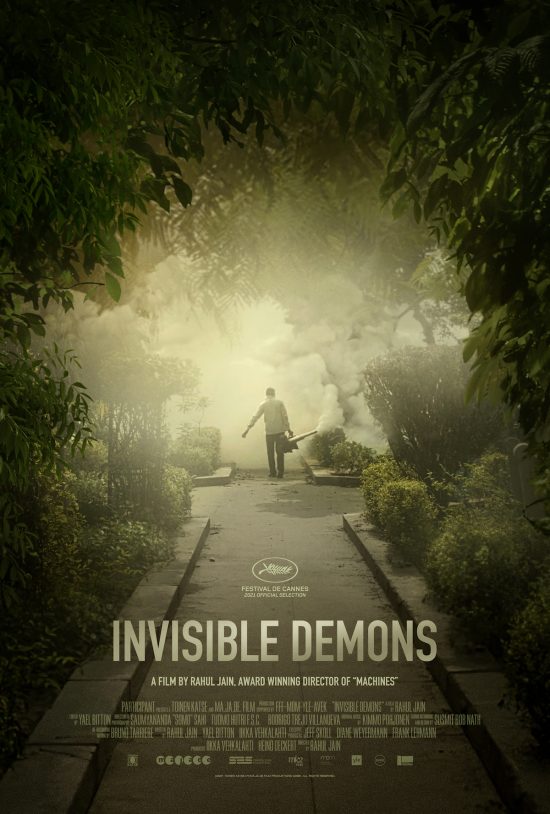Review: Invisible Demons – “Surreal visual images that are beautiful, epic, and disturbing all at once”

Filmmaker Rahul Jain explores the consequences of India’s growing economy on the inhabitants of Delhi and the environmental impact.
Observing the trials and tribulations of everyday life in Delhi as well as speaking to those living in the city with a population of 32 million are filmmaker Rahul Jain and his team of cinematographers consisting of Saumyananda “Somo” Sahi and Tuomo Hutri. There was no script nor are particular individuals followed to provide a narrative arc to the storytelling. Context is provided through interspersed voice-over and NDTV newscast segments as well as showing the anchor out on assignment. The scope is wide as the documentary showcases the vast ramifications of the air and water used by the population in regards to the health of the environment and the people.
What has the most dramatic impact is not the interviews with the inhabitants of Delhi but in the surreal visual images that are beautiful, epic, and disturbing all at once. Editor Yaël Bitton does a great job of letting shots linger and starts things off with an individual spreading a cloud of pesticide that slowly engulfs a street he is walking up that threatens to overtake the locked-off camera. Then there is the case of the monkey unpeeling a banana almost right next to the narrator as he overlooks Delhi from the balcony of his apartment. This is an interesting juxtaposition of nature and humans trying to share the same space with one another. An aerial shot depicts a bustling market consisting of shanty buildings, ant-sized sellers and buyers, and toy-sized vehicles. And let’s not forget the apartment building that is decorated with portable air conditioner units or the melting block of ice being shouldered through the streets.
Less effective are the time-lapse, voice-over and newscast segments which take you away from the surrealism that potently furthers the call for action, though no suggestions are made as to how things can actually get fixed. Placing blame is fine but what is the economically viable alternative? Coming up with those alternatives where people can still make a living while being environmentally responsible is when the real movement for change can happen. A nice touch is with the sound design and music which enhance rather than overpower the imagery. The leisurely pacing works as it allows time for the viewer to absorb what is being seen. There is no doubt that Rahul Jain has a great future as a visual storyteller as he understands the importance and power of framing, composition and lighting.

Trevor Hogg is a freelance video editor and writer who currently resides in Canada; he can be found at LinkedIn.










